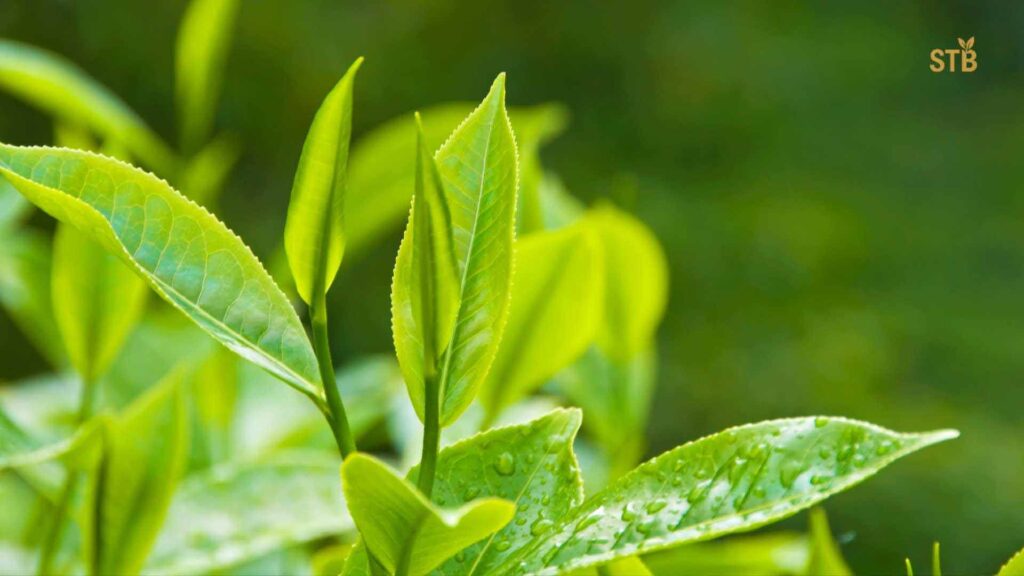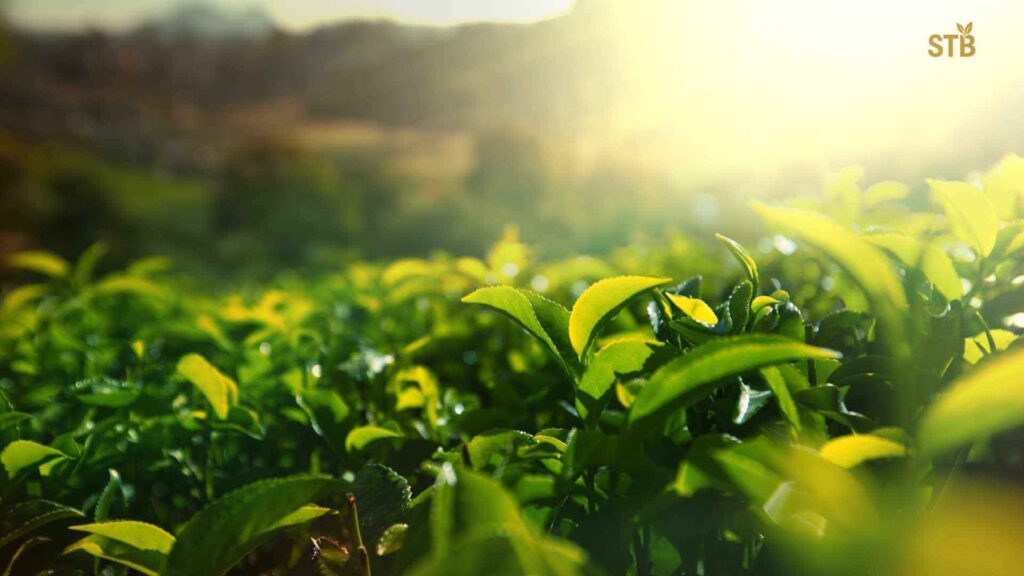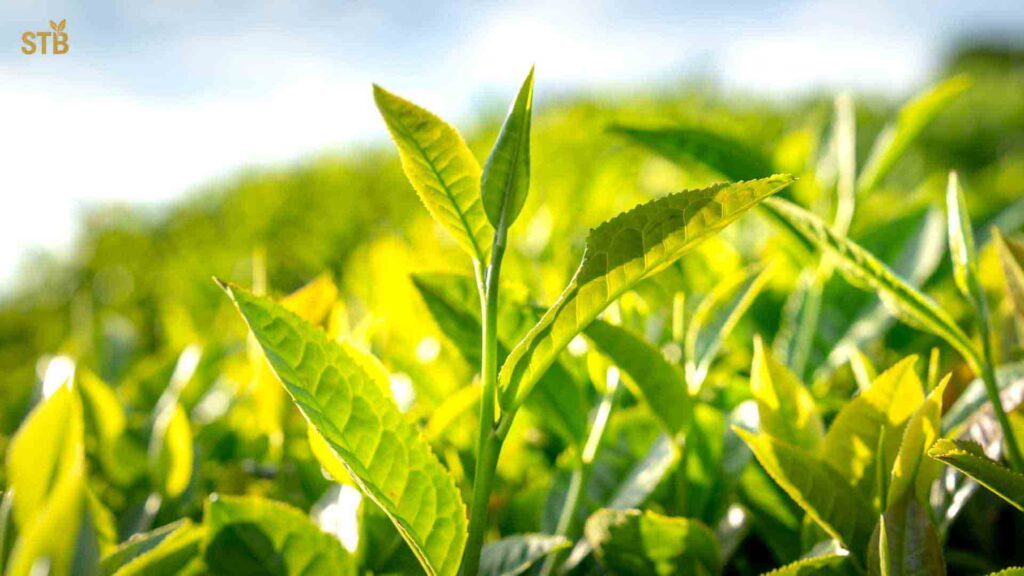Tea is woven into Bangladesh’s economy and culture. As one of the world’s top producers, Bangladesh’s tea plantations cover hundreds of thousands of acres and employ millions. This “green gold” is a rural lifeline: over 4 million people depend on tea cultivation and processing. Tea exports bring much-needed foreign exchange, while domestic consumption of tea exceeds 90% of production.
However, Bangladesh’s tea industry now faces a new challenge: climate change. Rising temperatures, erratic rainfall, droughts and floods are disrupting tea yields and quality, threatening farm incomes and the national economy. This article explores how climate change impacts Bangladesh tea production and economic stability, and how the industry is adapting through sustainable practices and economic resilience.
Economic Significance of Bangladesh Tea
Bangladesh has a vibrant tea industry. By 2023, annual output reached roughly 102.9 million kilograms, making the country one of the world’s top 10 producers. Tea estates – now numbering around 168 – span regions like Sylhet, Chittagong Hill Tracts and northern districts. Together they employ hundreds of thousands, and support roughly 4 million tea workers and dependents. The Bangladesh Tea Board reports about 97 million kg produced annually (pre-2024), feeding domestic demand and a growing export sector.
In 2024 Bangladesh exported 2.45 million kg of tea (up 58% from 2023) bringing in ~Tk46 crore. Key export markets include Pakistan, Afghanistan, Russia and Europe. Major companies like Kazi & Kazi Tea Estate and Ispahani Ltd. drive trade. These figures highlight tea’s role as an economic engine: it contributes to rural livelihoods, foreign earnings, and industrial growth.
Yet much of Bangladesh’s tea is consumed domestically. The gap between domestic auction prices (Tk170–190/kg) and higher export prices (Tk187+) suggests untapped export potential. The Tea Board aims for 103 million kg production in 2025 to meet both local demand and export goals. Overall, Bangladesh tea is vital to the economy: it stabilizes farm incomes, supports thousands of rural families, and feeds a growing beverage market.
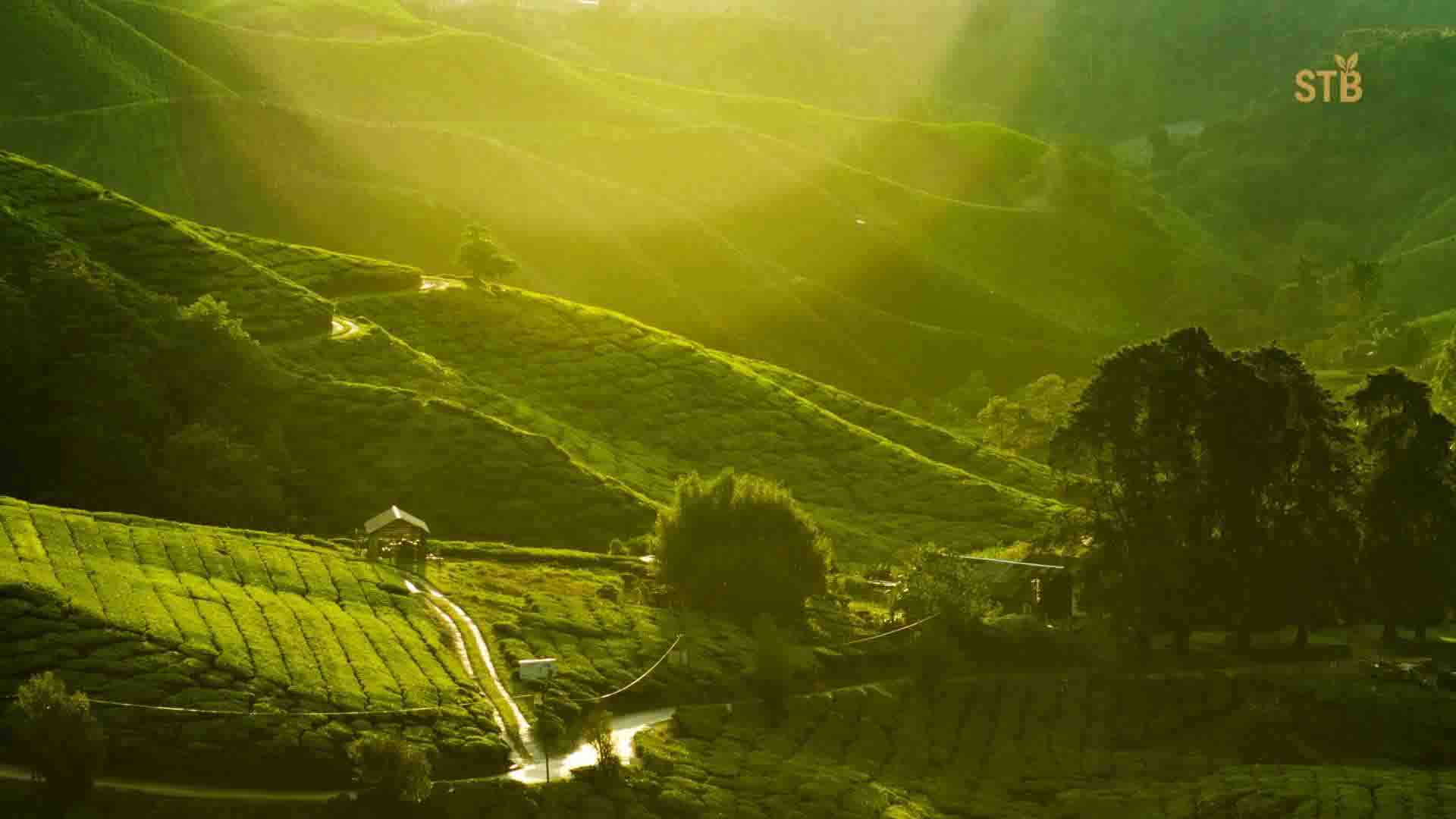
Climate Impacts on Tea Production
Bangladesh’s tea thrives in a misty, moderate climate – cool, humid hills and reliable rainfall. Sylhet’s fog-laden slopes (historically called “tea capital”) are ideal for the plant. Unfortunately, climate change is upending these conditions. Recent heatwaves and erratic monsoons have pummeled tea fields in Sylhet and beyond. For example, from Jan–Mar 2025 Sylhet saw only 4 mm of rain (vs 46 mm in 2024) and a brutal March heatwave of 38–40°C.
These extremes severely stress tea plants: high heat causes leaves to harden and buds to stall, while uneven rains induce water stress. The result is sharply reduced yields and quality. In 2025’s early season, Bangladesh Tea Board reported only 93 million kg of tea—10 million kg short of the 103m target. January 2025 output plummeted to 0.364 million kg (vs a ~0.85m monthly average), a 57% drop. One Sylhet garden’s daily harvest fell nearly 45% (from 4,500 kg to 2,500 kg) due to heat and drought.
Climate shifts also worsen pests and diseases. Experts note that rising heat fuels outbreaks of red spider mites, blight and fungal diseases, which further cut output. Tea bushes prefer 15–25°C; once daily peaks exceed ~29–30°C, growth falters. In May 2023 Sreemangal hit 39°C, far beyond historical norms. Higher temperatures not only stunt growth, but also accelerate leaf aging and reduce flavor compounds.
Erratic rains compound the problem: flooding monsoons erode soil nutrients, while sudden droughts dry irrigation sources. According to scientific studies, climate change will likely shrink tea’s optimal zones worldwide and shrink yields by up to 5–25% in major regions by 2050. In Bangladesh’s context, hotter summers and unpredictable monsoons mean fewer flushes and lower-quality leaf. The impacts of climate change on Bangladesh tea are thus deep: harvests are erratic, product quality suffers, and the economic returns of each harvest decline.
Impacts on Farmers and the Economy
Lower tea production cuts directly into livelihoods. Tea estates reported financial strain in 2025 as yields dropped. Roughly 100,000 tea workers lost plucking days and income when harvests shrank. Many women – who make up the majority of pickers – earn far less as fewer leaves are plucked. Some workers are not hired at all during droughts, leaving families unable to buy food, medicine or school supplies. The human cost is clear: “Climate-induced crop losses” ripple into a broader crisis of rural insecurity and poverty.
Economically, falling tea output undercuts both businesses and workers. For garden owners, low yields mean unsold capacity and sunk investment. For traders, inconsistent supply makes planning difficult. Global tea prices also fluctuate, and Bangladesh competes with giants like India and Sri Lanka. In some years, oversupply in global markets drove prices down, squeezing local growers. Climate-driven shortfalls add unpredictability: domestic tea auctions see volatility (Tk170–190/kg) and export prices vary. The Bangladesh Tea Association notes that securing fair prices and stable markets is harder when output is inconsistent.
These challenges highlight the role of business economics: balancing supply and demand, investment and risk. Forward-looking producers are trying to diversify income (e.g. tea tourism) and brand Bangladesh’s teas to capture higher prices. Nevertheless, economists warn that “ongoing climate uncertainty could jeopardize the tea industry’s economic viability, reducing both export revenue and workers’ income”. In short, climate stress on tea plants directly translates to economic stress on people and businesses. Without adaptation, erratic yields could shrink tea’s contribution to Bangladesh’s rural economy and export earnings.
Tea Industry Sustainability and Adaptation
Given these threats, sustainability has become paramount. Many tea estates in Bangladesh are adopting eco-friendly practices to build resilience. Initiatives include planting shade trees to cool tea bushes, harvesting rainwater, and using drip irrigation to conserve water. Organic cultivation (compost instead of chemicals) enriches soil fertility and water retention. Biodiversity efforts – interplanting legume cover crops and encouraging native insects – reduce pest damage naturally.
Such methods help tea farms buffer against droughts and floods. For example, a study notes that “organic farms may not control climate change, but they recover better from its impacts and reduce greenhouse gases”. Tea estates are also trialing drought-resistant varieties and adjusted plucking schedules. In 2024–25 some gardens staggered pick times to avoid midday heat and irrigated during critical drought periods.
The Bangladesh Tea Board, in turn, is promoting climate-smart research – funding over 20 resilience projects via the Climate Change Trust Fund. It has urged classifying tea as 100% agro-crop so farmers access low-interest loans and training for adaptation. The Board also tracks weather, offers irrigation workshops, and encourages tree planting on estates.
At STB Leaf we commit to sustainability on our farms and in the supply chain. Our gardens practice organic farming (no synthetic fertilizers), rainwater harvesting, and mulching to protect soil moisture. We support farmers with climate adaptation training – installing drip irrigation, providing shade plants and drought-tolerant seedlings.
Our Fair Trade partnerships ensure fair wages and community programs (schools, clinics) so workers withstand bad years. We also source transparently: by buying directly from single gardens, we pass a larger share of profit to growers. These sustainable approaches build a more climate-resilient tea industry – one that can maintain production even as weather patterns shift.
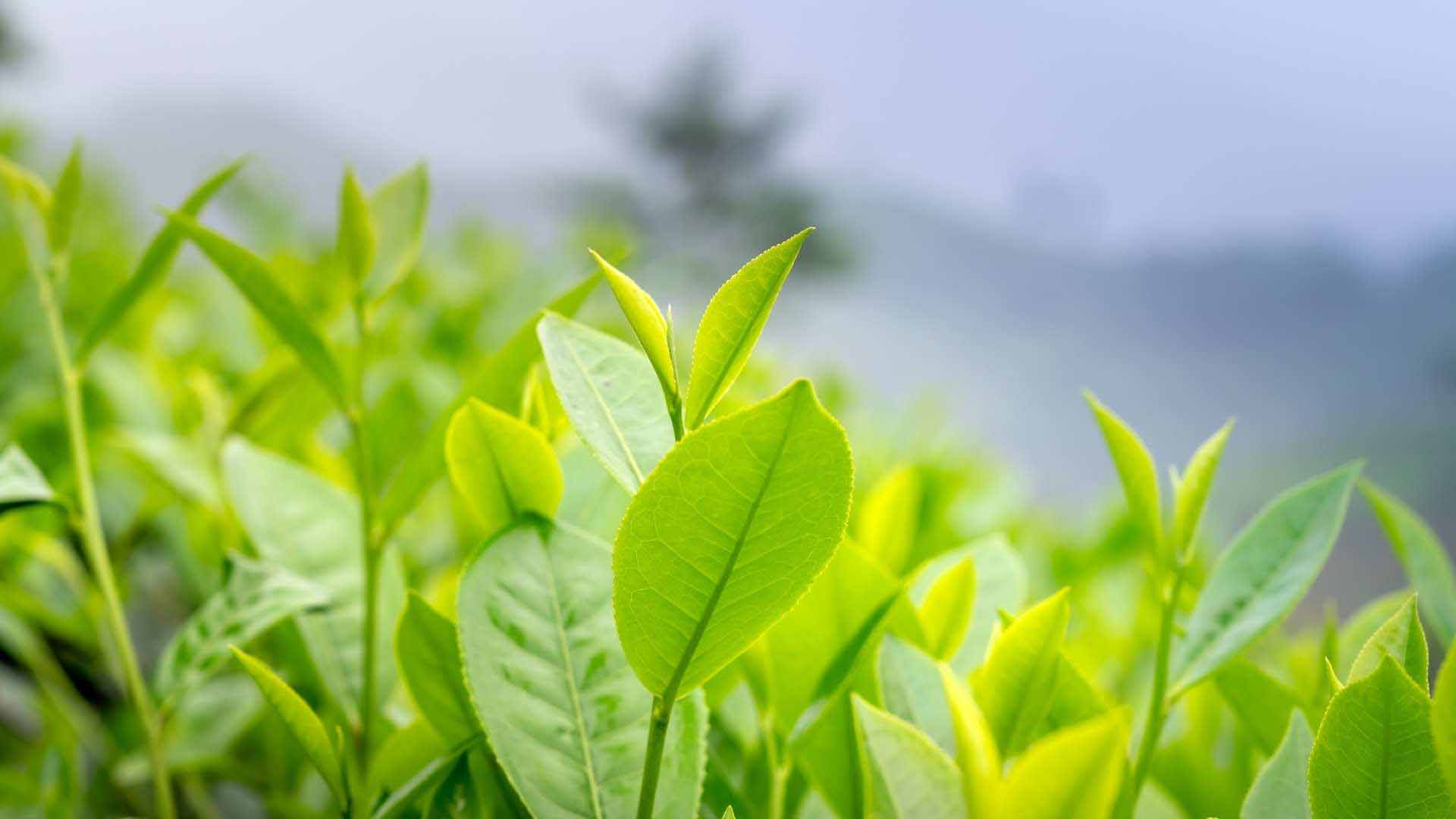
The Role of Business Economics
Bangladesh’s tea sector shows how business economics can drive resilience. Investments in technology and infrastructure (modern processing, cold storage, irrigation systems) help stabilize production costs and quality. Companies like Kazi & Kazi and Halda Valley earn premium prices by branding organic teas, adding value despite higher costs.
STB Leaf’s direct-trade model also exemplifies this: we bypass middlemen so “a larger portion of the retail price reaches the farmers directly, bolstering their economic independence”. In fact, STB Leaf emphasizes that every cup of our tea “directly contributes to the well-being and economic stability of farming communities in Sylhet”.
At the macro level, government policy and market strategy are crucial. By setting production targets and exploring new markets, officials and businesses seek to optimize the industry’s supply and demand economics. For example, tapping niche markets (organic, specialty teas) and tourism (e.g. Sylhet tea tours) leverages tea’s cultural value. Maintaining a stable exchange rate and reducing trade barriers (Bangladesh faces high tariffs abroad) can also improve profitability.
Overall, the economics of tea production – from cost of inputs to export strategy – must adapt alongside climate realities. Profit margins are slim, so any loss of yield hits both the bottom line and national income. This is why sustainable business practices and smart economic planning are essential to keep Bangladesh’s tea sector viable in a changing climate.
Conclusion
Bangladesh’s tea industry is the economic heart of many rural areas. Its future depends on navigating climate change while sustaining growth. Rising temperatures and erratic weather are already trimming tea harvests, straining farmers and workers, and challenging traditional business models.
However, the industry is fighting back with sustainable farming methods, research into resilient tea varieties, and community-focused business practices. Companies, the Bangladesh Tea Board, and NGOs are working together to make the tea sector more climate-resilient.
By investing in Tea Industry Sustainability – organic farming, water conservation, and fair trade – Bangladesh can protect this vital crop and economy. Supporting climate-smart tea cultivation not only preserves delicious Bangladeshi tea for consumers, but also upholds the livelihoods of millions.
As STB Leaf, we invite you to experience the taste of resilience: explore our range of sustainably grown Bangladesh teas and join our mission to safeguard the future of the tea industry.
Discover STB Leaf’s organic Bangladesh teas and subscribe to our newsletter for more insights on sustainable tea farming and climate adaptation.

Frequently Asked Questions
Q: How does climate change affect tea production in Bangladesh?
Higher temperatures and irregular rainfall stress tea plants. Heat waves harden leaves and stunt bud growth, while droughts reduce irrigated water. This leads to smaller, poorer-quality harvests. For example, recent heatwaves in Sylhet nearly halved tea yields.
Q: Why is tea important to Bangladesh’s economy?
Tea is a key export earner and rural employer. Bangladesh produced over 100 million kg of tea in 2023, and millions depend on tea incomes. The sector contributes foreign exchange through exports and supports local communities through jobs and trade.
Q: What are the major challenges facing the tea industry?
Climate change is a top challenge – unpredictable weather and heat reduce yields and quality. Other issues include aging tea bushes, high production costs, and competition from larger tea countries. Labor issues (low wages, workforce welfare) also affect economics and sustainability.
Q: How are tea farmers in Bangladesh adapting to climate change?
Farmers are adopting sustainable practices: planting shade trees, mulching, using rainwater harvesting and drip irrigation to conserve water. Some estates are testing drought- and heat-resistant tea varieties. Education and training programs teach farmers how to adjust plucking schedules and improve soil health.
Q: What is the Bangladesh Tea Board doing to help?
The Tea Board supports research (through the Bangladesh Tea Research Institute) on new tea varieties and climate adaptation. It also promotes policy measures: for example, seeking 100% agro-crop status for tea to enable low-interest farm loans and funding climate-resilience projects. The Board tracks production trends and facilitates fair pricing and export opportunities.
Q: Are Bangladesh tea exports affected by climate change?
While most tea is consumed domestically, climate impacts can influence export levels indirectly. Lower overall production means less surplus tea to export. However, Bangladesh’s exports actually rebounded in 2024 (up 58% year-on-year) due to rising output. Continued climate pressures could constrain export growth unless mitigated by adaptation and increased production.
Q: What is STB Leaf’s role in supporting tea farmers?
STB Leaf invests directly in farmers through fair trade and sustainable partnerships. We ensure fair wages, provide farming support (organic training, improved irrigation, climate-adapted seedlings), and help farmers adopt eco-friendly methods. By buying single-garden organic tea, STB Leaf gives a larger share of profit to growers and strengthens rural economies.
Q: How does sustainable tea farming help climate resilience?
Sustainable methods improve soil and water retention, helping farms withstand extreme weather. For example, organic soil holds more moisture, and tree cover buffers against droughts. Such practices also sequester carbon and reduce chemical inputs, aligning tea farming with climate-friendly agriculture. Overall, sustainable tea gardens recover better from climate shocks and maintain productivity.
Q: What can consumers do to support Bangladesh tea farmers?
Consumers can choose Bangladeshi organic and Fairtrade teas. Looking for certifications (USDA Organic, Rainforest Alliance) ensures tea is grown sustainably with fair wages. Buying directly from ethical brands like STB Leaf helps farmers earn more and invest in their communities. Even small actions—like advocating for sustainably sourced tea—encourage the industry toward long-term stability.
Q: What is the “role of business economics” in the tea industry?
Business economics entails balancing costs, investment and market forces. In tea, this means investing in efficiency (e.g. improved plucking machines or irrigation) while managing labor costs and volatile prices. Companies like STB Leaf illustrate this balance: through economic decisions (direct buying, branding high-quality tea) they boost farmer incomes and ensure profitability. Smart economic strategies—such as diversifying products or entering new markets—help Bangladesh’s tea businesses thrive despite climate and market challenges.
This article draws on research and industry reports, including Bangladesh Tea Board statistics and news analyses, as well as STB Leaf’s own expertise and publications. Each statement above is supported by credible data and citations to ensure accuracy.

